Amphibians
Amphibians are a class of animals that includes frogs, toads, newts, and salamanders. They are ectothermic, which means they rely on external sources of heat to regulate their body temperature. Amphibians are unique in that they undergo a metamorphosis, starting as larvae with gills and then transforming into adults with lungs. They typically have moist, permeable skin and lay their eggs in water.
Characteristics of Amphibians:
Life Cycle of Amphibians:
Amphibians go through a fascinating life cycle. They start as eggs, which hatch into aquatic larvae with gills. These larvae undergo metamorphosis and transform into terrestrial adults with lungs. This unique life cycle allows amphibians to inhabit both aquatic and terrestrial environments.
Adaptations of Amphibians:
Amphibians have several adaptations that help them survive in their diverse habitats. Their moist skin allows for gas exchange, and many species can breathe through their skin. Some amphibians also have toxins in their skin as a defense mechanism against predators. Additionally, their ability to lay eggs in water reduces competition for resources and provides a safer environment for their offspring.
Importance of Amphibians:
Amphibians play a crucial role in ecosystems as both predator and prey. They help control insect populations and serve as a food source for various animals. Additionally, their sensitivity to environmental changes makes them valuable indicators of ecosystem health. Unfortunately, many amphibian species are facing population declines due to habitat loss, pollution, and disease.
Study Guide:
- What is the defining characteristic of amphibians?
- Describe the life cycle of amphibians.
- Explain the adaptations that help amphibians survive in diverse habitats.
- Why are amphibians important in ecosystems?
- What are the main threats to amphibian populations?
[Amphibians] Related Worksheets and Study Guides:
.◂Science Worksheets and Study Guides Eighth Grade. Plate tectonics
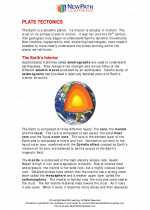
 Activity Lesson
Activity Lesson
 Worksheet/Answer key
Worksheet/Answer key
 Worksheet/Answer key
Worksheet/Answer key
 Worksheet/Answer key
Worksheet/Answer key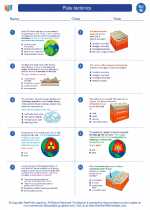
 Worksheet/Answer key
Worksheet/Answer key
 Vocabulary/Answer key
Vocabulary/Answer key
 Vocabulary/Answer key
Vocabulary/Answer key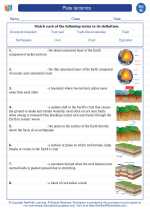
 Vocabulary/Answer key
Vocabulary/Answer key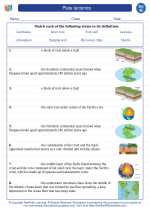
 Vocabulary/Answer key
Vocabulary/Answer key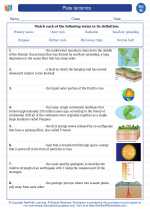
 Vocabulary/Answer key
Vocabulary/Answer key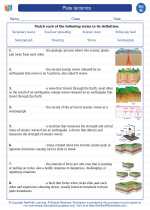
 Vocabulary/Answer key
Vocabulary/Answer key
 Vocabulary/Answer key
Vocabulary/Answer key
